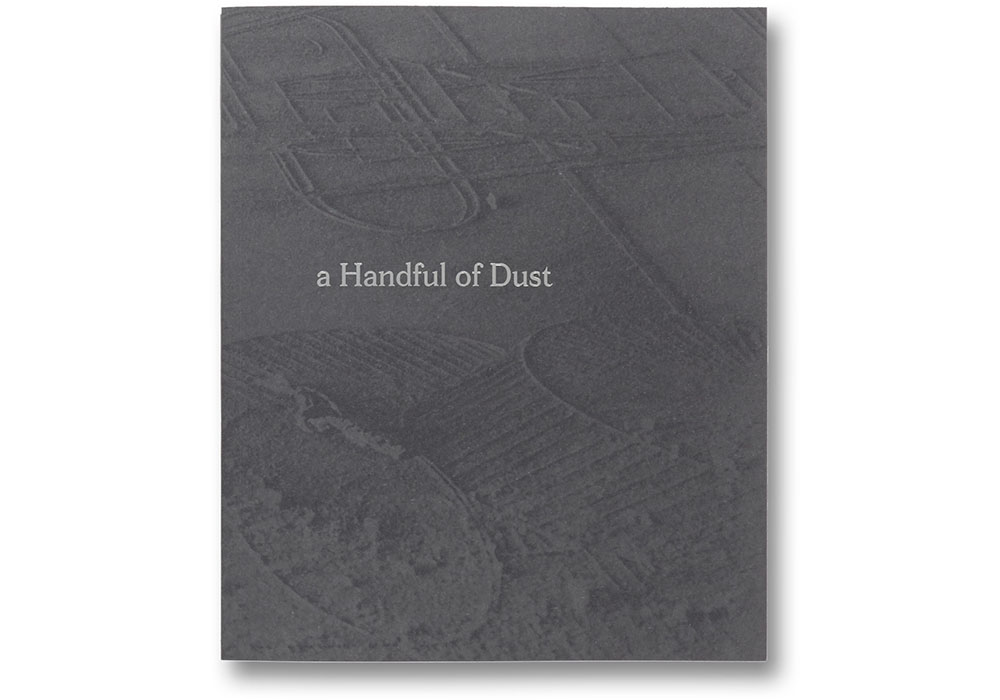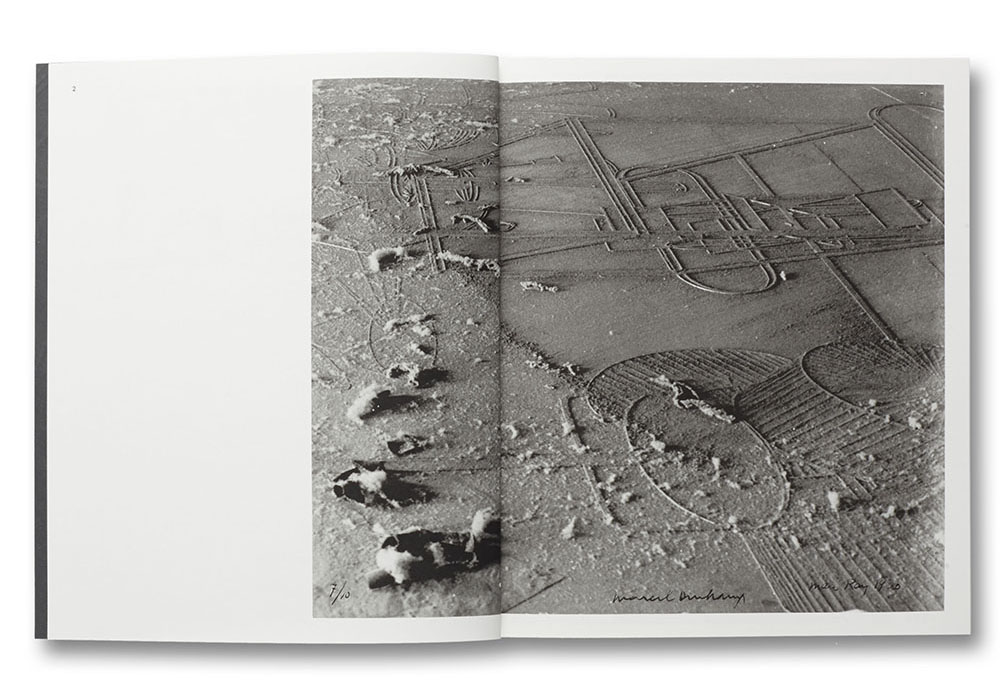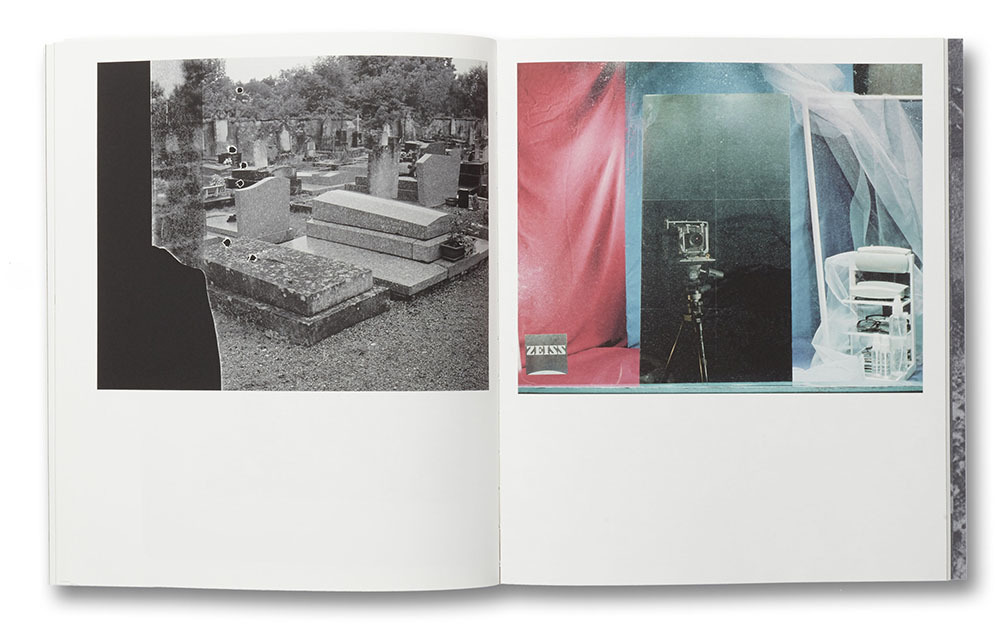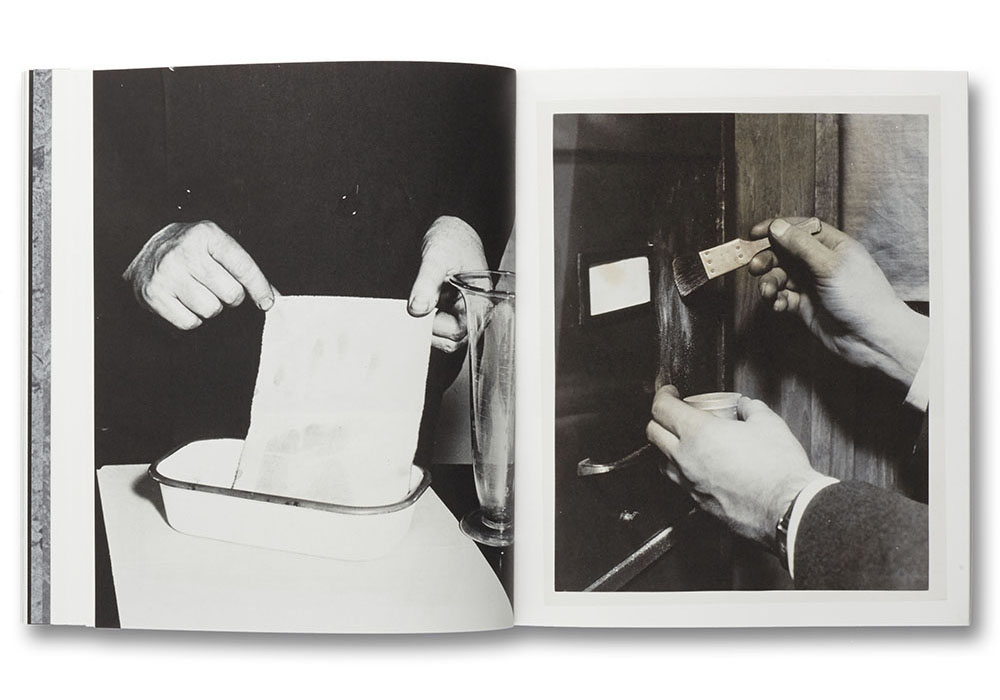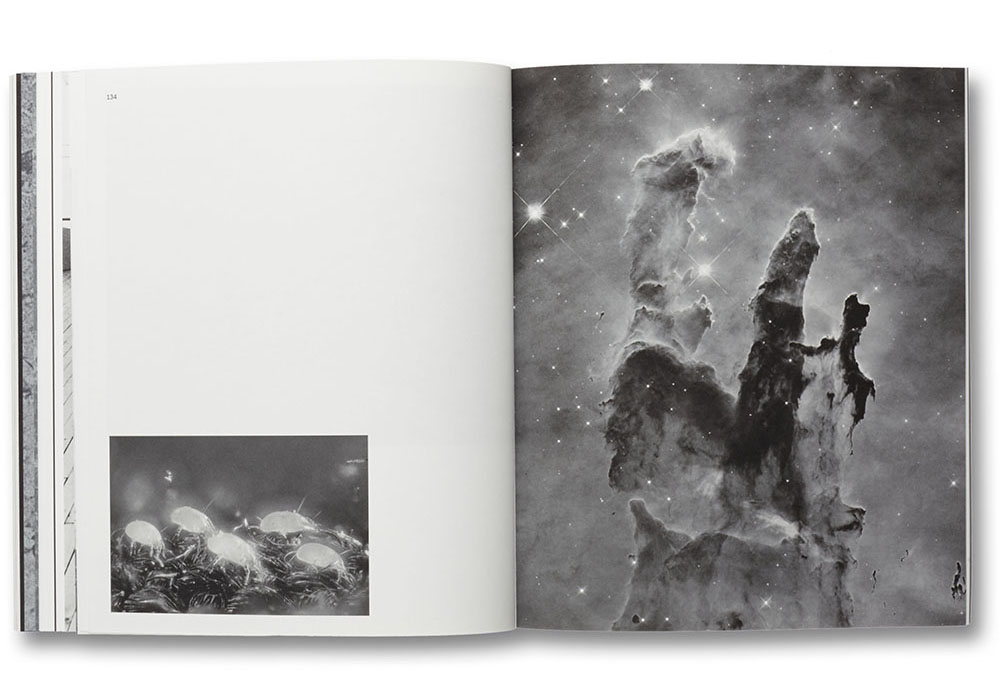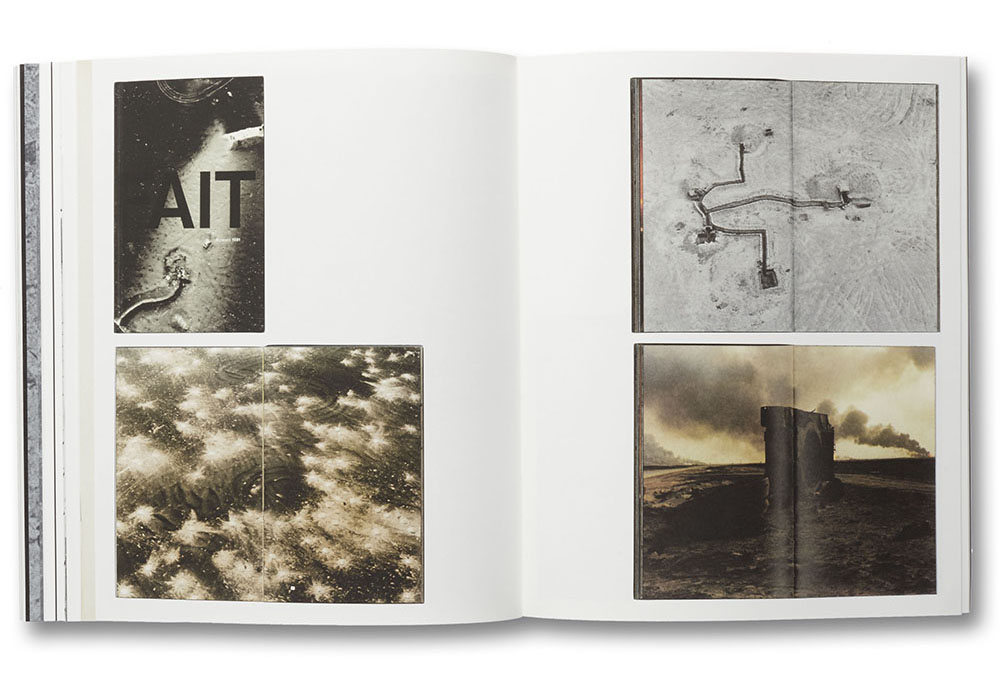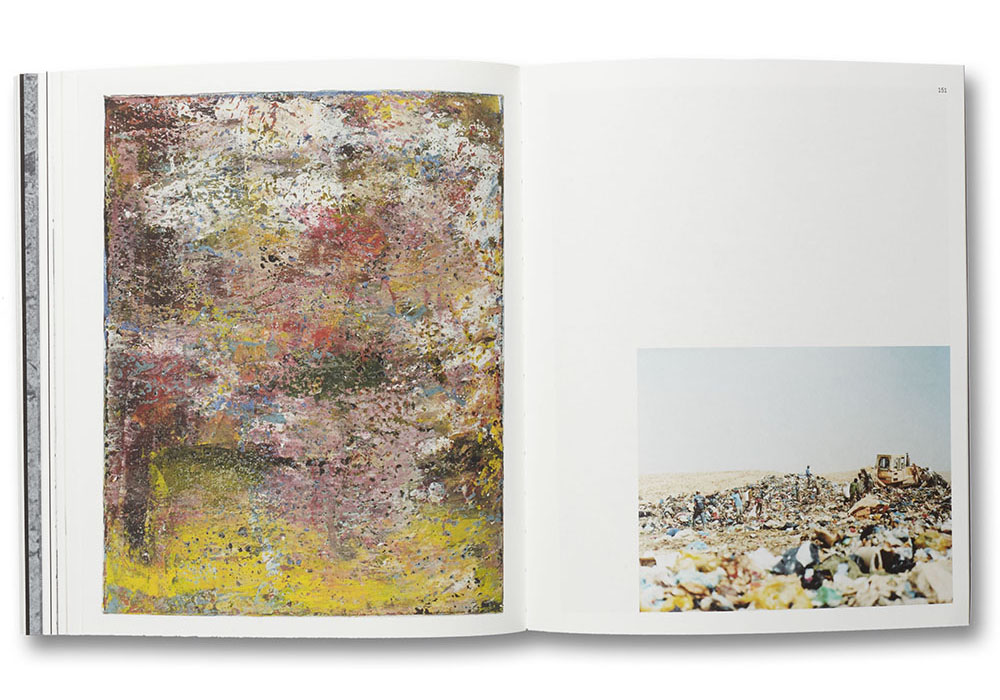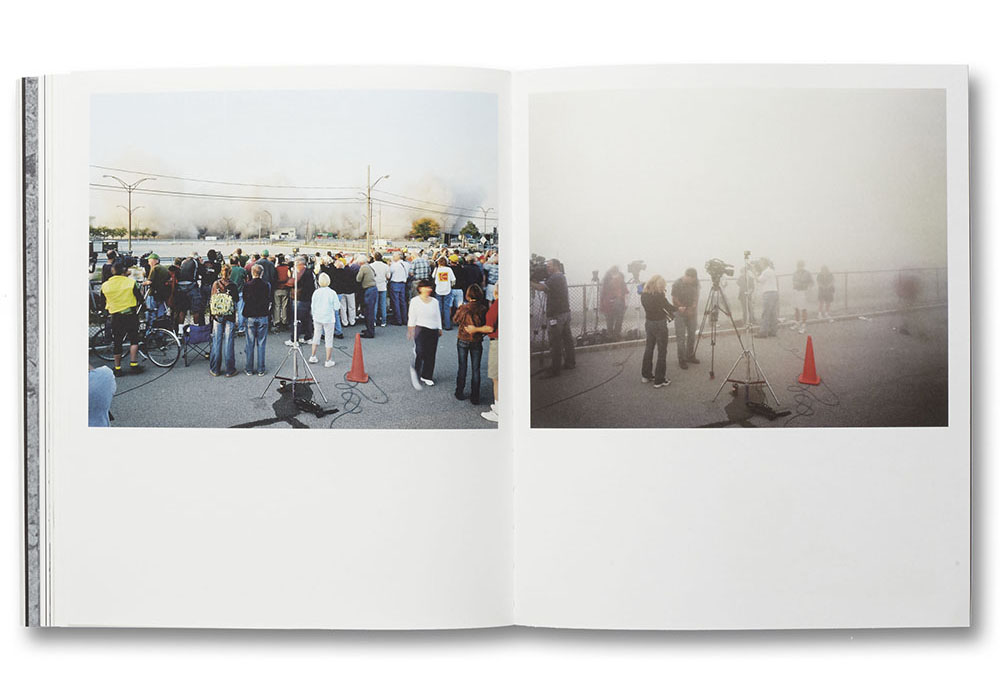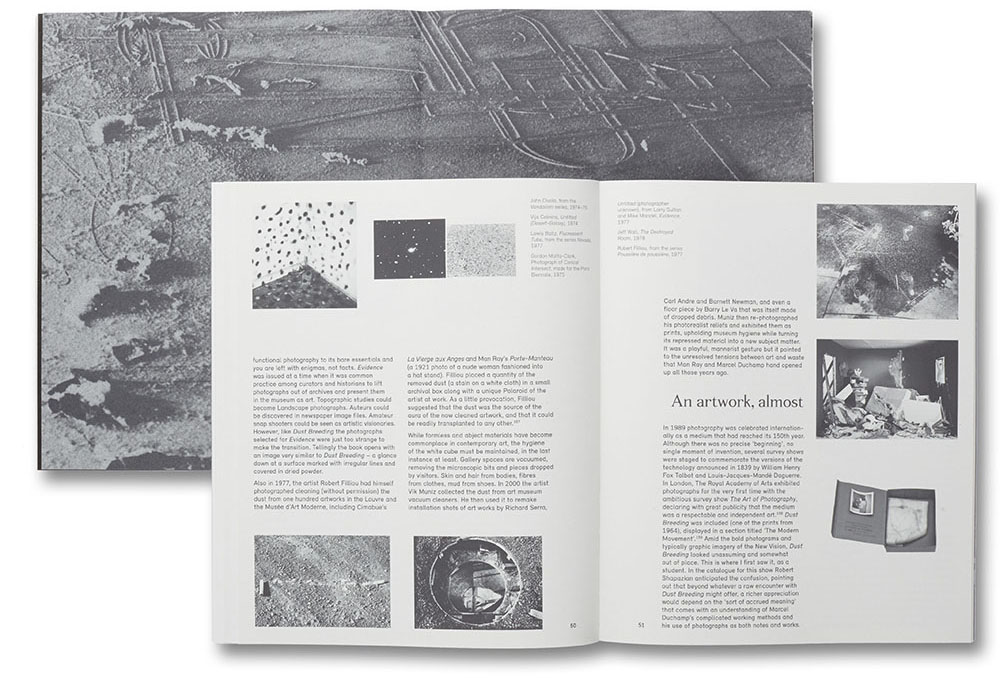David Campany – a Handful of Dust
© David Campany 2015 courtesy MACK
It is perhaps obvious that the history of photography is shaped by the preconceptions that one brings to it; more simply, a specific understanding of photography produces a specific version of the medium’s history. But those histories are, in the end, multiple and divergent, often stranger than standard accounts allow for. David Campany’s recent publication a Handful of Dust (MACK, 2015) traces one such overlooked route and in doing so finds it connecting with the main intellectual currents of the 20th Century in such a way that also presents a model for a sort of de-centred history of the medium. These discursive narratives have become something of a speciality for Campany of late, with his definitive account of Walker Evans’ magazine career being a particular highlight, but Dust is probably his most intellectually ambitious yet. It doesn’t exactly seem that way on first glance however, given that the premise of the book is essentially like taking an idea for a walk, using a single photograph by Man Ray as a starting point. At the same time, it’s hardly a coincidence that his chosen route brings him through the kind of fertile territory that it does, at the intersection of aesthetic and social upheaval so definitive of the period, tracing unlikely commonalities that nonetheless appear inevitable once they have been pointed out.
The physical form of the book is also telling because it is, in effect, two books, where one has been, as it were, folded into the other, a subtle means of visualising the content of Campany’s discussion, the text of which is housed in the inner of the two volumes. The argument here is fundamentally concerned with this notion of enfolding, of how one idea, one action, gets wrapped up in another, creating new resonances that are more than the sum of the individual elements, spreading out from a point of crystallisation. For Campany that point is a single, decidedly elusive image by Man Ray from 1920 that he doesn’t initially name, but which is usually referred to as Dust Breeding. However, as Campany also points out, to say the picture is ‘by’ Man Ray is, while true in the sense that he certainly made the photograph, also no simple matter. The subject of the picture, if that crude rubric can be employed for a moment, is a stage in the construction of an artwork by Marcel Duchamp, the so-called Large Glass. Some of the dust in question would later be sealed with varnish and incorporated into the finished piece. However, as the ‘subject’ is a work by another artist, the authorship of the image by Man Ray is already rendered unstable; again, it is an action folded into another, just as the status of the image is rendered unstable – is it an artwork in its own right or is it merely a document of Duchamp’s work?
These are the questions that Campany attempts to tease out in his essay, both written and, it has to be said, in the supporting material, which can also be thought of as an ‘essay,’ albeit one in visual form. Central to both is the ambiguity of this image and the position it occupies as a nexus for questions about how we read the history of photography itself, the assumptions that structure history as a practice, which in turn shape our understanding of what photography can be. In that light, it’s obvious that Campany’s method would be historical, precisely because his subject is, not just in the sense of its belonging to some past era, but also, and more importantly, in the sense that it is an alternative way of shaping an historical narrative, reading against the grain – against dominant assumptions about where that narrative starts and were it ends. What his account resists is the fixity of historical structures that posit one role or one definition for a work and indeed, for the medium itself. In this particular case such definitions are shown to be the product of how photographic history is accounted for, rather than a strict condition of photography as such. To be sure, the Man Ray image is an extreme example of how a photograph can evade and complicate categorization, but is by no means the exception.
A major pathway that Campany has illuminated here is the one running between the photograph in its functional role as a document in everyday contexts and its role in avant-garde art, where it can be at once an index of some action or event, as well as a knowing use of those ‘documentary’ tropes. The functional style of the police or forensic image, for example, bears direct comparison to the photographs that record the various interventions, performances and provocations of artists right back to Duchamp, that proto-conceptualist. This is not a new subject, of course, but how Campany frames it in terms of photographic history is revealing. Artists have been able to borrow these displaced observational strategies with impunity, because of photography itself and how it works. The ambiguity of the photograph is such that this style of description can function in different contexts in similar ways – and yet, being fundamentally open-ended, it can also provide divergent results. Campany’s account of May Ray’s Dust image demonstrates how this can be so; it continually oscillates between autonomous art-work and straightforward document without necessarily losing any purchase in either role. Its history becomes a microcosm of photographic history in the modern period, which is, after all, the age of photography.
The stylistic congruities between the Dust photograph and aerial images, for example, can be understood in this way; it’s not simply that Man Ray’s picture happens to look somewhat like an aerial photograph, but that it shares a fundamental vocabulary – that it is, as a photograph, operating in many of the same ways. If the context of the aerial image was to be changed and we viewed it in a gallery setting surely it would and could be ‘read’ in terms of its aesthetics rather than in terms of whatever information it might provide. This categorical instability is definitive of modernity and Campany’s circuitous route is able to take in the avant-garde as well as these seemingly distinct areas of cultural production such as aerial photography, precisely because those spheres were (and are) no longer discrete. The aesthetics of modernism must also be understood as a product of its historical context and Campany draws attention to the tendency toward abstraction in the arts and in other areas as arising from new, often technologically mediated ways of seeing the world. For this Man Ray photograph to be compared to aerial imagery, such imagery must already have been established in the minds of an audience. The resources of modernism were never nearly as hermetic as its proponents were wont to claim and in this sense Campany’s book belongs to an important tradition of revisionist histories, even if its methodology isn’t invested in any particular theoretical position.
It is instead rewardingly promiscuous, because that’s what photography is shown to be as well. This elliptical approach allows him to “pull strings from” the tangle of photographic history, to borrow from the WG Sebald quote that opens the book, in a more far-reaching manner than is allowed for by histories structured according to the familiar conventions of period, style and personality, though he might also stray too far at times, such as with the assertion that the spatial complexities in certain photographs by Frederick Sommer relate primarily to the dislocation of exile. There may well be some truth to this, but it also slights how studied and self-aware Sommer’s formal inventiveness could be. However, the fundamental significance is unchanged; Campany has traced a route through the history of modernism – and modernity – that binds together all these seemingly distinct areas and that can unite them convincingly. It is, in many ways, a fanciful book, a stroll for the intellectual flâneur, but its eccentricities have substance, illuminating the trajectory of modernist photography and continuing into the present, creating a conceptual frame that can contain, for example, the rigours of New Objectivity and the ‘informe’ of Wols without any of the apparent contradiction between their aims that a more conventionally-oriented history might introduce. The structure of the visual essay further amplifies these concerns in its dense, often quite disparate array of imagery.
Dust is not a metaphor, but a means of locating a continuity across different contexts, beginning with the Man Ray photograph and radiating outwards across the whole sweep of modern visual culture, taking in everything from press photography to mid-century avant-garde ephemera to contemporary fine art photographers like Sophie Ristelhueber. Linking the quality of photography’s representational excess (the homely, but acute litany of “and… and… and” that Campany lifts from Lee Friedlander) to the proto-conceptual strategies of Duchamp, whereby the very thing that should go unseen, mere dust, is moved centre-stage, provides an alternative history of modernism, reaching the present by neglected by-ways rather than along the well-worn – if not actually worn out – path of established narratives. Understood in this way, history is not necessarily a mode of discovery, of providing new information, but of connection, making novel linkages between what is already known, so that it appears is a new, revealing light. Among the points that emerge most clearly is the extent to which avant-garde practices were rarely isolated from the historical contexts in which they occurred, but drew on them instead, sometimes directly, sometimes obliquely; culture is shaped by these complex lines of force as they overlap and intersect. The way Campany tells it, then, it really does seem like the dust covers everything.
a Handful of Dust by David Campany published by MACK

